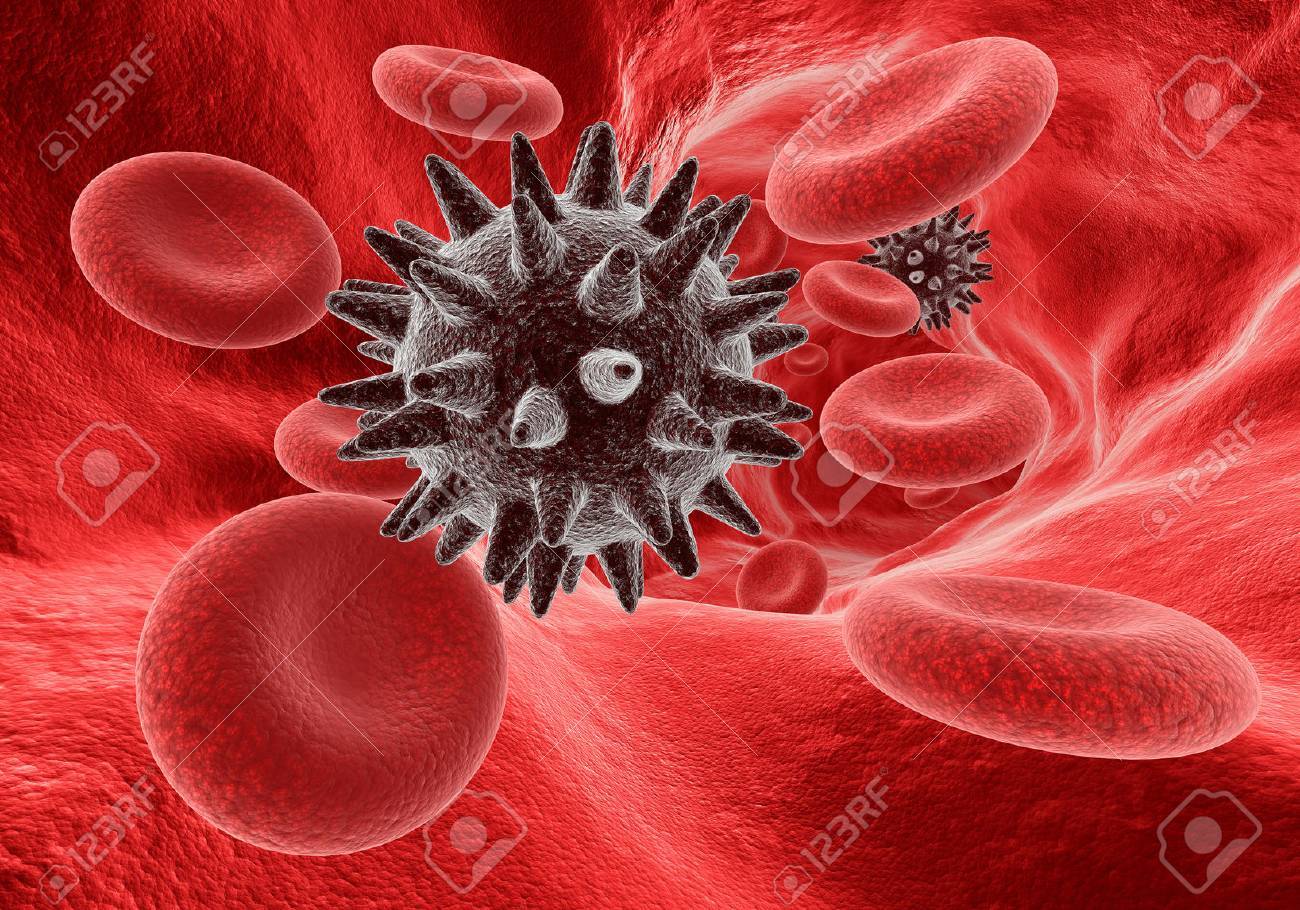
Identifying cancer cells in blood in milliseconds
Researchers at UCLA have developed an artificial intelligence-powered device that detects cancer cells in a few milliseconds — hundreds of times faster than previous methods. With that speed, the invention could make it possible to extract cancer cells from blood immediately after they are detected, which could in turn help prevent the disease from spreading in the body.
The approach relies on two core technologies: deep learning and photonic time stretch.
Deep learning is a type of machine learning, an artificial intelligence technique in which algorithms are “trained” to perform tasks using large volumes of data. In deep learning, algorithms called neural networks are modeled after how the human brain works. Compared to other types of machine learning, deep learning has proven to be especially effective for recognizing and generating images, speech, music and videos.
Photonic time stretch is an ultrafast measurement technology that was invented at UCLA. Photonic time stretch instruments use ultrashort laser bursts to capture trillions of data points per second, more than 1,000 times faster than today’s fastest microprocessors. The technology has helped scientists discover rare phenomena in laser physics and invent new types of biomedical instruments for 3D microscopy, spectroscopy and other applications.
The system also uses a technology called imaging flow cytometry. Cytometry is the science of measuring cell characteristics; in imaging flow cytometry, those measurements are obtained by using a laser to take images of the cells one at a time as they flow through a carrier fluid. Although there are already techniques for categorizing cells in imaging flow cytometry, those techniques’ processing steps occur so slowly that devices don’t have time to physically separate cells from one another.
The technique allows the instrument to determine whether a cell is cancerous virtually instantaneously. And don’t need to extract biophysical parameters of the cells anymore. Instead, deep neural networks analyze the raw data itself extremely quickly.
 English
English Arabic
Arabic


